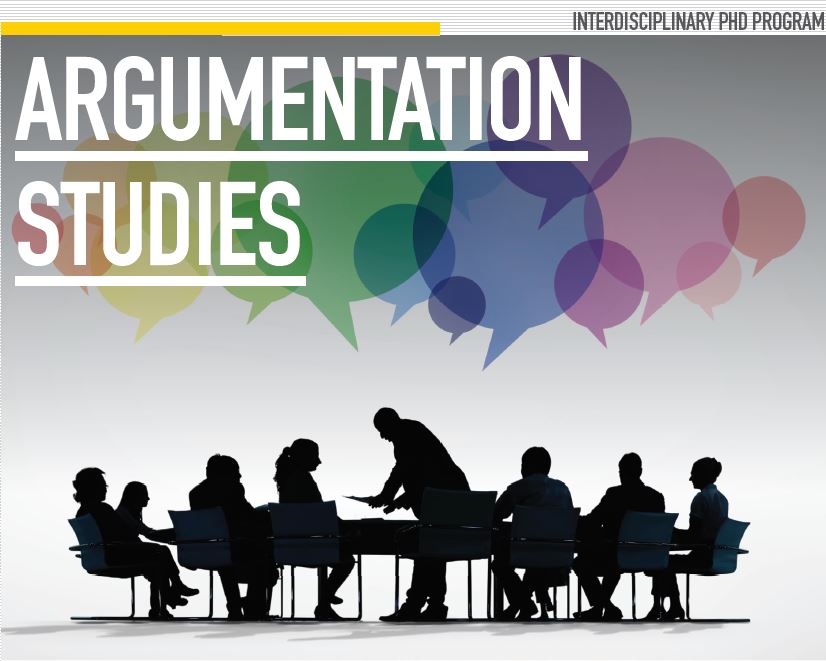
Location
University of Windsor
Document Type
Paper
Start Date
6-6-2007 9:00 AM
End Date
9-6-2007 5:00 PM
Abstract
The presentation focuses on the problem of dissensus in Brandom’s and Habermas’ theories of communication and social action. The main questions it raises concern: the concept of dissensus, the main characteristics if it, the possibility of its occurring and indispensable conditions for it. It also claims that Brandom’s account, in opposition to that of Habermas, is more likely to permit rationally based dissensus.
Creative Commons License

This work is licensed under a Creative Commons Attribution 4.0 International License.
Response to Submission
Radu Neculau, Commentary on Zarebski
Reader's Reactions
Radu Neculau, Commentary on Zarebski (June 2007)
Included in
How is Dissensus Possible in Consensual Theories? Habermas and Brandom
University of Windsor
The presentation focuses on the problem of dissensus in Brandom’s and Habermas’ theories of communication and social action. The main questions it raises concern: the concept of dissensus, the main characteristics if it, the possibility of its occurring and indispensable conditions for it. It also claims that Brandom’s account, in opposition to that of Habermas, is more likely to permit rationally based dissensus.
